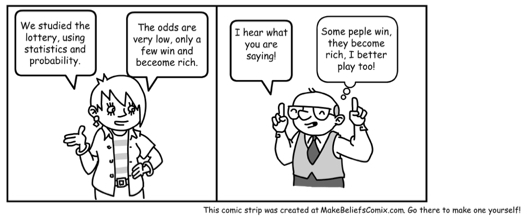
Part of any formal learning effort is communicating that learning to others. To find out more about how the competencies work and try them out for yourself, visit triec.ca/competencies.How do we communicate what we are doing and learning to others? Reporting You can use them to write job descriptions, in recruitment, to design training, to review organizational policies and processes, and much more. One of the great things about these competencies is that you can use them in many different ways. For example, if innovation is a priority for your organization, you can set the competency “collaborate in diverse teams to foster productive outcomes” at a high level for all of its employees. You can add them to your existing competencies and customize and adapt them to meet the needs of your workplace. There are 15 competencies, divided into three areas: myself, my team and my organization. So competencies are also about how teams work together and the organization’s culture. Creating an inclusive organization is everyone’s job and goes way beyond what an individual employee does. Nowadays, being great at your job is about more than just getting through a list of tasks – it’s about being able to demonstrate key behaviors in different situations.

But what do we mean by competencies, and why should your organization use them?Ĭompetencies describe the knowledge, skills, and behavior that you need to perform effectively at work. The competencies are based on research and consultations with a range of experts. They provide a framework to help you and your colleagues build organization that works for everyone. How exactly do you create an inclusive workplace? The TRIEC Inclusive Workplace Competencies can answer this question. Diverse teams need environments where everyone feels that they belong and that they can contribute. This is a good thing! Diverse organizations are more innovative and productive – but to be productive, workplaces also need to be inclusive. Videos and guides: Cross-Cultural Teamwork, Scene 4: Facilitating Contributions to Team DiscussionsĬanadian workplaces are diverse, reflecting our diverse population. Videos and guides: Cross-Cultural Teamwork, Scene 3: Delegating Roles and Managing Communication Barriers
_3.jpg)
Related resources – Strengthen your competencies with TRIEC LearningĮ-Learning: Cross-Cultural Communication in the Workplace In which case, you seek out the colleague and attempt to clarify when the situation allows. You recognize that your direct communication style is offensive and sometimes misunderstood by your colleagues.Knowing that the participants in an upcoming meeting will have diverse perspectives based on their backgrounds, you plan an agenda that allows more time for exploration and mutual understanding of views.Recognizing that you manage a diverse team with diverse perspectives, you understand that you need to play a stronger facilitative role during meetings, encouraging team members to have patience for others’ perspectives.You use active listening and paraphrasing to further explore the comment with both parties, acknowledging that cultural differences might be a factor. You observe that a member of your team has misunderstood the intent and meaning of a colleague’s comment.Ways of adapting to different communication stylesĮxample(s) – what might this look like in practice?.
HOW TO COMMUNICATE WHAT YOU MEAN HOW TO
/What-Is-Communication-1689877-final-156105491ad948eda15b0960fd2b8c2b.png)


 0 kommentar(er)
0 kommentar(er)
